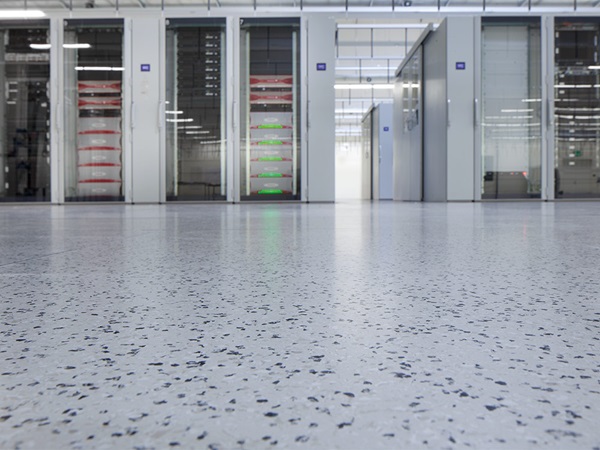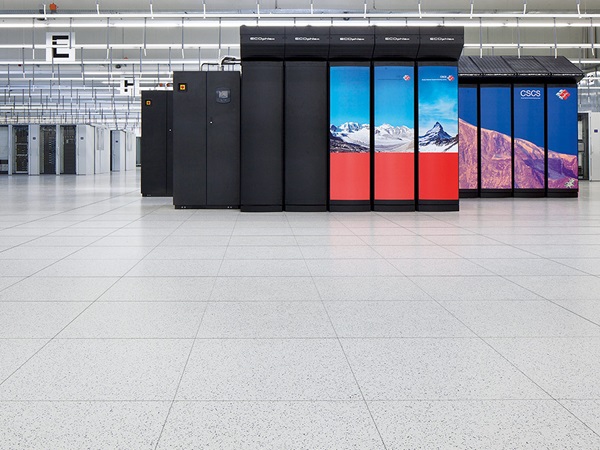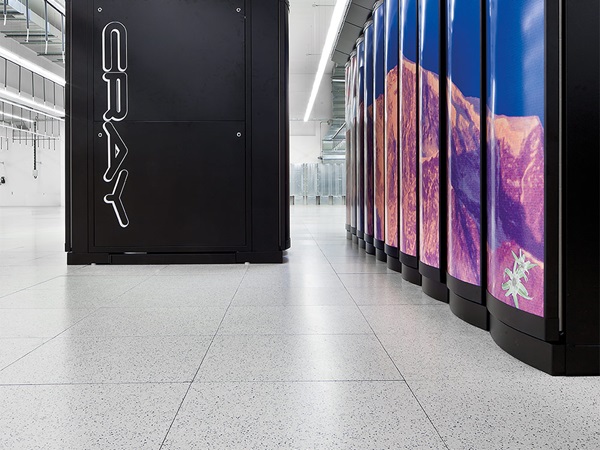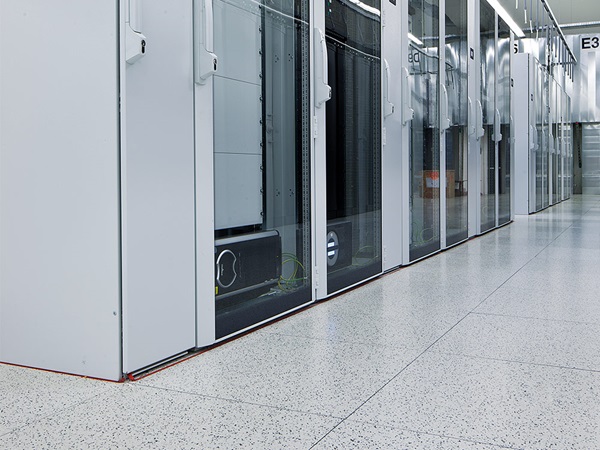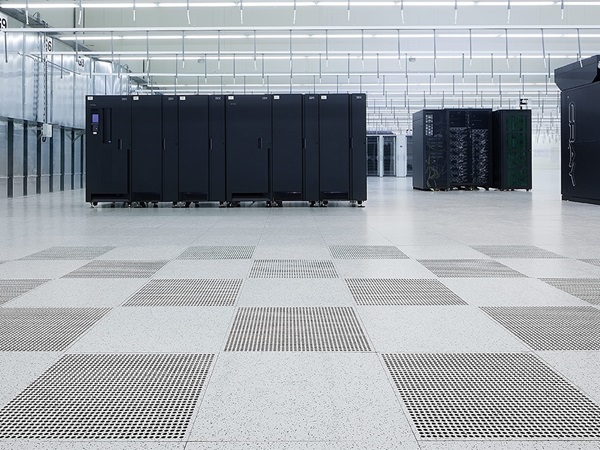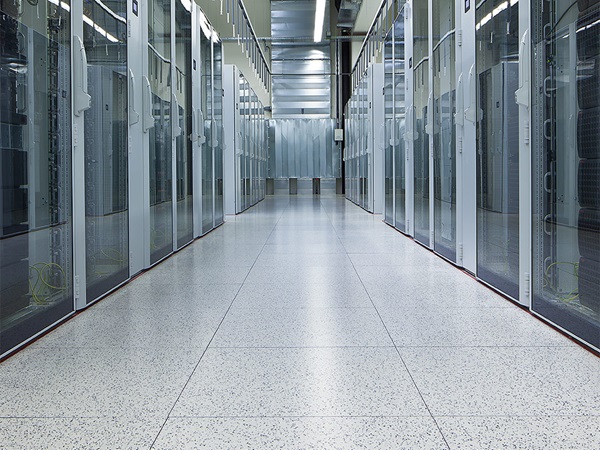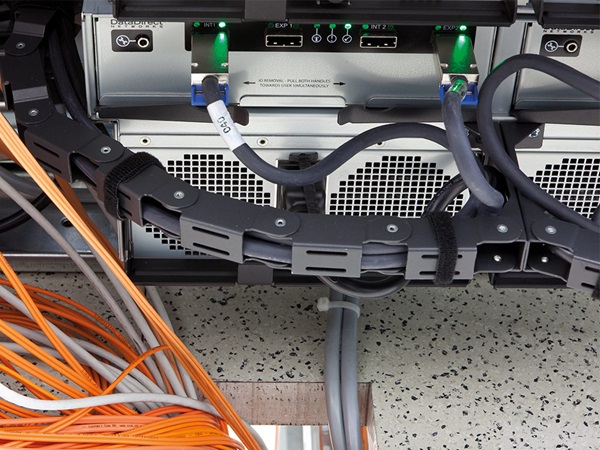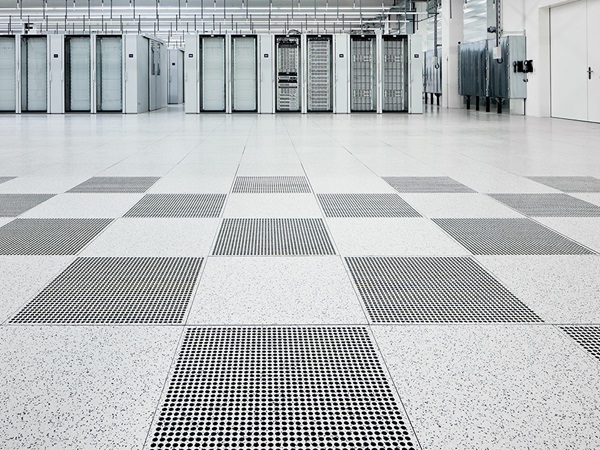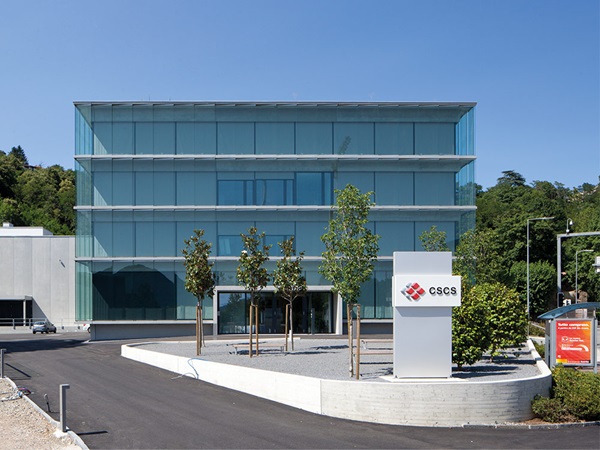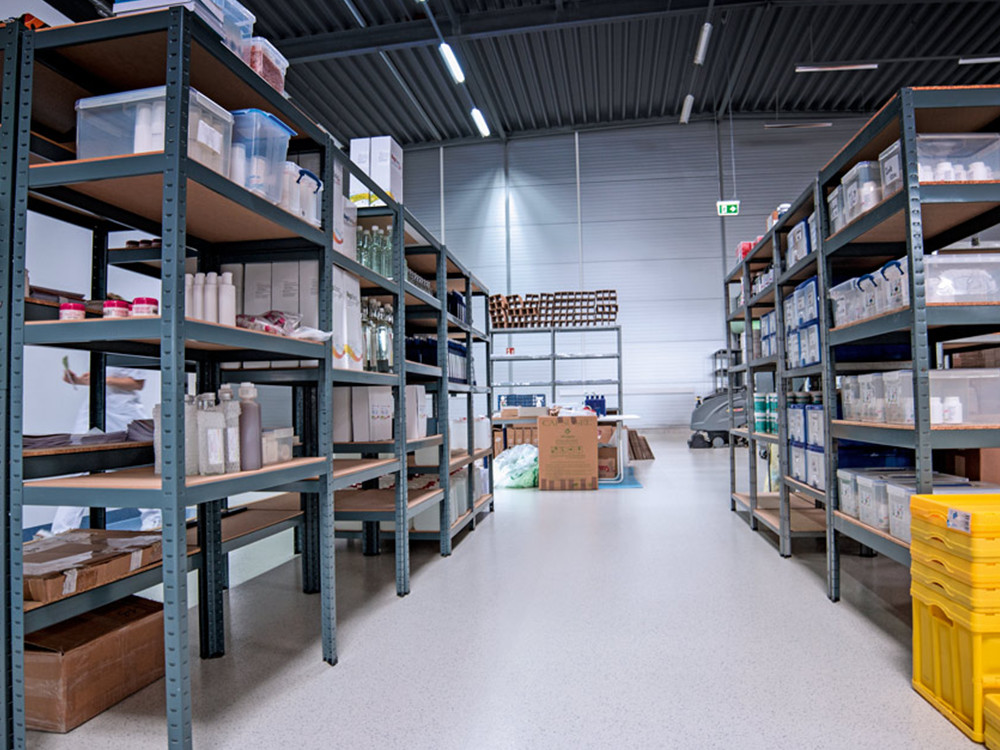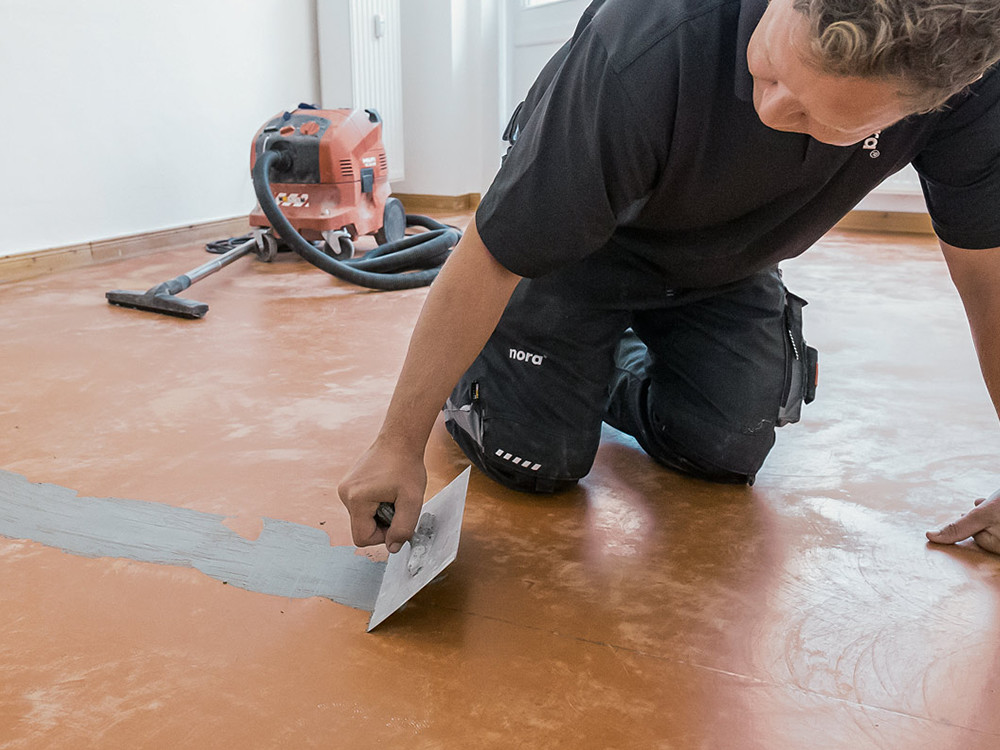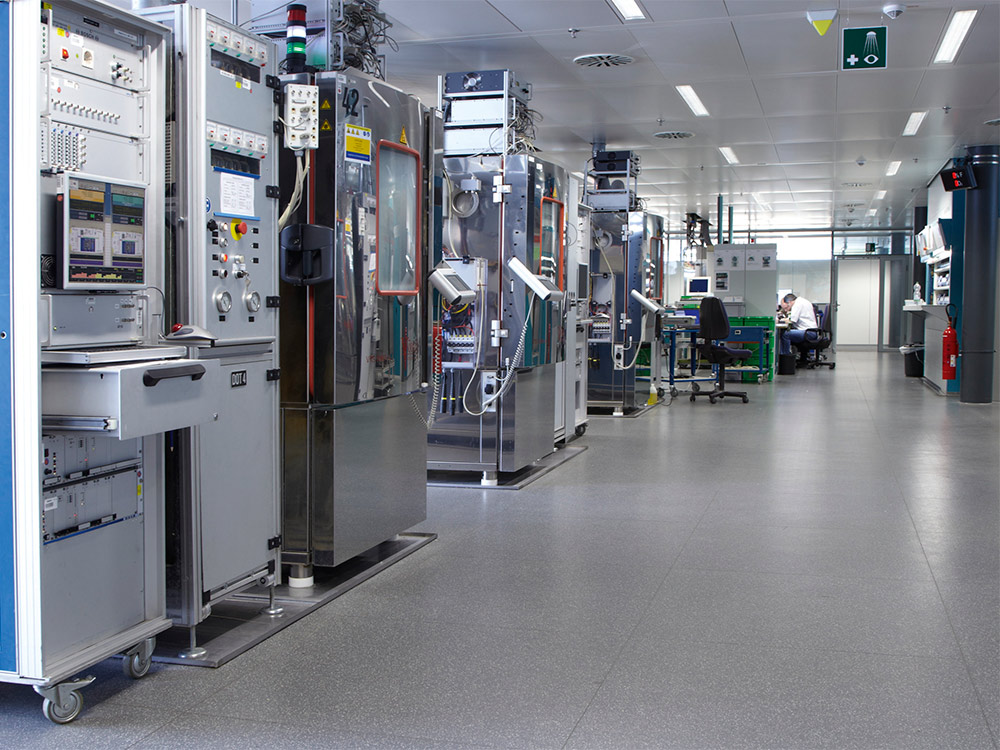As a result of the ever-rising demand for computing capacity, the space and the technical facilities at the old CSCS headquarters in Manno were no longer adequate. After just two years of construction, ETH Zurich therefore opened a new supercomputing centre in Lugano in April 2012. The two new, energy- efficient building complexes will ensure that optimum, energyefficient operation of the CSCS supercomputer will remain possible in the future.
Cooling with lake water lowers electricity consumption
The ability of the new computing centre to house the supercomputing infrastructure for the coming decades was a central issue for ETH Zurich. The computing centre therefore has a modular design that can be extended further when necessary. In addition, the new construction was to be particularly energy-efficient and ecologically sustainable. As one example, the computers are cooled by a sophisticated system that uses cold water – at six degrees – from Lake Lugano. By that, it was possible to forgo a conventional cooling plant which would have consumed a third of the total electricity consumption. The CSCS is thus one of the most energy-efficient, ecologically sustainable computing centres in the world.
In future, local industrial plants will be able to heat newly planned accommodations with waste heat and to supply them with hot water from the CSCS, respectively. Less than 10% of the waste heat are needed, for instance, to cover the requirements of about 200,000 square meters of floor area.
Low-emission building materials
For the construction of the new CSCS, ETH emphasized the usage of materials that are particularly low in emissions in order to meet the requirements of the MINERGIE ECO standard. „The flooring also had to be environmentally friendly and sustainable“, said Martin Drzerwinski, who co-ordinated the construction for ETH Zurich. The noraplan astro ec flooring from nora systems fitted the bill perfectly.
Sustainability, environmental protection and indoor air quality have long been core elements of the corporate orientation at the rubber specialists. nora floor coverings do not contain PVC, phthalate plasticisers or halogens and have therefore been awarded numerous international environmental certificates for years.
Rubber flooring protects supercomputer
The light grey, highly conductive noraplan astro ec was installed throughout the computer rooms. „We chose the colour of the rubber flooring to create a visual convergency between the floor and the fairfaced concrete of the computer centre“, explained the project manager.
But above all it was its special properties that made noraplan astro ec so suitable for the CSCS: due to the properties of their materials, rubber floorings have a low tendency to generate electrical charges in humans, and dissipate electrostatic charges in such a way that sensitive electronic devices are protected. Like all other nora floor coverings, norament astro ec does not have to be coated, which means that its dissipative characteristics are permanently preserved. This is a huge advantage compared with other floor coverings whose coatings not only influence the conducting reliability, but also have to be regularly renewed. nora systems, the only manufacturer of such flooring, gives a ten year warranty covering retention of its electrostatic properties.
At the same time, nora rubber floor coverings are extremely resistant to abrasion. „We made the maximum possible demands on the durability of the flooring“, emphasised Drzerwinski. „After all, heavy machinery is often moved in the CSCS, and it exerts a huge pressure on the floor.“ Thanks to its permanent resilience, noraplan astro ec also withstands such stresses. The extremely dense surface also means that cleaning is easy and economical.
With noraplan astro ec, the supercomputers at the CSCS not only have the best protection against ESD. Through its longevity, the nora flooring also makes a contribution to the ecological sustainability of the building.

 Canada | English (US)
Canada | English (US)
